India, one of the largest democratic countries in the world, entered its 75th year of Independence on 15th August 2021. Soon after Independence, India was labeled as an underdeveloped and backward country. The country developed with a sluggish growth rate till 1980, but after the new economic reforms, introduced in 1991, India emerged as one of the fastest-growing economies in the world. Once an importer of food grains, India has now become one of the largest producers of food grains, vegetables, and fruits. Undoubtedly, there is a remarkable improvement in the infrastructural facilities, with the development of a large network of roadways, railways, aviation, rural electrification, and information and technology.
However, despite its impressive growth, India’s performance on Human Development Index (HDI) remains very poor. According to the Human Development Report of 2020 published by the United Nations Development Programme, India ranks at 131st position in the Human Development Index, among 189 countries of the world. Though India’s longevity has doubled from 33 years in 1947 to 69.7 years, the quality of life is very poor, as still a major part of the population is deprived of basic amenities like clean drinking water and proper sanitation facilities. Even after 75 years of Independence, large numbers of Indians struggle to live a dignified life. The gaps between the haves and the have-nots have widened to an alarming proportion. As per the India Inequality Report 2021, released by the Oxfam, “the top 1% of Indians bag 73% of the country’s wealth, whereas, from 2006 to 2015 the wealth of ordinary workers increased by an average rate of 2%.” The number of billionaires has increased from 9 in the year 2000 to 101 in 2017, reflecting increasing inequality. According to Prof. Amartya Sen, “Indian democracy is seriously compromised by the extent and form of social inequality in India, particularly since democracy stands not just for electoral politics and civil liberties but also an equitable distribution of power. Social inequality in India has diminished in recent past, new imbalances have developed, including heightened economic inequality and the growth of corporate power.”
The Indian education system is one of the biggest in the world, with AIIMS, IISC, IITs, and IIMs amongst the world’s best educational institutions. However, only a small percentage of Indians have access to a high-quality education, but a vast majority of Indians are deprived of quality education. The employability of a large number of students coming out of higher education institutions is far from satisfactory. Violation of political freedom, widespread corruption, extensive gender inequality, increasing threats to our ecology and environment, and sustainability of our economic and social lives can be counted as some of the major failures.
The State should develop a model of inclusive growth and development to promote equitable distribution of income and opportunities so that the people of our country will be free to make their social, economic, and religious choices.
India’s vast natural resources, aesthetically rich art, and literature, diverse cultures, races, religions, regions, languages, castes, demographic dividend, the simple and eco-friendly lifestyle of indigenous people, Ayurveda, Yoga, and strong value system, are some possible areas of exploration and research.
This anthology of papers was selected from those presented at the one-day National Seminar, “Revisiting 75 Years of India’s Independence: Achievements, Failures and Opportunities” held at St. Xavier’s College of Management & Technology Patna on 30th April 2022.
The paper Achievements, Challenges and Opportunities in Agricultural Extension in India authored by Dr. Alok Baran has attempted to review the achievements, challenges, and opportunities of agriculture extension in India. The paper aims to find a better method to overcome the challenges associated with agricultural extension in India to meet the needs of an expanding global population, with limited landmass, and impending climate change risks while also conserving precious natural resources.
Dr. Shashank Bhushan Lall and Mr. Piyush Ranjan Sahay analyze the factors related to workplace bullying experiences from public and private sector teachers in Patna, Bihar in their paper Bullying at Workplace: Identification and Management (A study of public and private sector teachers in Patna, Bihar). The research paper provides suggestions to control workplace bullying that will lead to a healthy and better workplace.
The paper Redefining the Indian Economy and the Problem of Poverty authored by Ms. Divya Chandra examines the chronic problem of widespread poverty in India since Independence. It explains that India has great opportunities in different fields of the economy but without filling the gaps and loopholes like poverty and inequality, the welfare of the society cannot be achieved.
Dr. Kalpana Kumari in her paper Conservation of Botanical Knowledge of Indigenous People for Sustainable Life in India with Special Focus on Jharkhand attempts to bring the attention of the Indian government to the conservation, documentation, and implementation of indigenous knowledge in the mainstream for a sustainable and healthy life. She emphasizes the significance of the role of botanical knowledge and wisdom of indigenous people in protecting biodiversity and maintaining a healthy ecosystem on our planet and thereby leading to a sustainable life for all creatures in our society.
Dr. Sanjay Kumar Sahu discussed the relevance of thoughts of Shri Balgangadhar Tilak of Swarajaya in the present context for the development of India as a Self-dependent Nation in the world in his paper Atmanirbhar Bharat evam Lokmanya Balgangadhar Tilak ka ‘Swarajya’.
Dr. Baldeo Ram and Anil Prakash examined the thoughts of Pandit Dindayal Upadhyay in the context of human philosophy and discusses its relevance in the present Indian society in their paper Atmanirbhar Bharat evam Pandit Dindayal Upadhyay ka ‘Ekatma Manav Darshan.’
The paper Evolution of Media: The Face of Changing Media and Culture and its Impact on Youth written by Mr. Rajiva Kumar finds that media cultures have predicted complex relationships between youth and education. Education through media is not seen without its own set of trials and contradictions. It remains vital for educators, parents, and researchers to support young people in directing learning environments and picturing autonomous futures.
The paper Impact of Globalisation of Indian Classical Music on the Spread of Culture and Economy of India Since Independence written by Dr. Ghazala Shaheen and Mr. Shaif Ekbal traces the impact of globalization of Indian Classical Music on the culture and economy of India. It finds that classical music has reached the nooks and corners of the world. It has not only impacted the music around the world but has itself been influenced by the music in different parts of the world. The paper delves into these aspects and tries to explore the glorious 75 years of the growth of music, culture, and economy.
The Research paper, Indian Rural Marketing: Discovering New Probabilities authored by Mr. Joel D’cruze investigates various studies that should be implemented in rural markets, and it also aims to comprehend the current state of rural markets, their importance, opportunities, potential, and challenges, as well as the problems that rural marketers confront.
The paper entitled, Municipality Bonds for Local Development authored by Mr. Mario Martin investigates the causes of the poor performance of the Muni bonds in India. This paper attempts to examine the Muni bond market in India and provide a suggestion that will revolutionize the Muni bond market and suggests that municipal bonds can bring an immediate and effective solution to the problem of poor funding of local development projects.
Mr. Mukesh Kumar discusses the challenges of a smart healthcare system (Real time patient monitoring) and the benefits of Edge computing in the field of smart healthcare systems in his research paper Edge Computing for IoT Applications: A Future Perspective. He has explained that Edge Computing brings computation, storage, and analytics closer to users and the devices that generate the data. Consequently, data move over shorter distances, which can lead to lower latency and faster response times.
Ms. Priya Gupta attempts to analyze the problems and determinants of financial literacy through initiatives taken by the government for financial inclusion and women empowerment in her paper entitled Challenges and Opportunities of Financial Literacy for Women in Bihar.
The paper entitled India’s Growth in Information Technology: an infant to an Adult authored by Mr. Rakesh Kumar Pathak presents a chronicle of the IT industry of India and tries to highlight how the growth of the IT industry in India has contributed to the progress and prosperity of this country. The IT industry of India has helped the country in fighting many challenges like curbing corruption and identifying the true beneficiary of various welfare schemes of governments by providing platforms for direct benefit transfer mechanisms.
Ms. Sabeela Rasheed explored how social media has changed communication patterns, enables the public to openly criticise and debate different social and political problems, and so become a force in India’s civil society activities and agitations in her paper Understanding Digital Activism in India. The research paper discusses past digital activism instances in India such as MeToo, CAA, NRC, and farmer’s protests, and attempts to present an overall understanding of ‘Digital Activism’ in the Indian context.
Ms. Supriya proposes a novel approach to using context-aware technology to design dynamic and multidimensional feedback systems in her paper Context-Aware Multi-Dimensional Feedback to support students’ Performance in higher education. It describes the contextual factors and student characteristics and then analyzes the multisensory data which identifies the student’s context automatically and gives intelligent feedback.
Dr. Sushil Bilung express his concern towards the existing caste system of Indian society in his paper Bhartiya samaj ke manviya vikas mein sabse bara baadhak jaatiya maansikta. He has examined various obstacles generated due to the prevailing caste system in the human development of the people of our country.

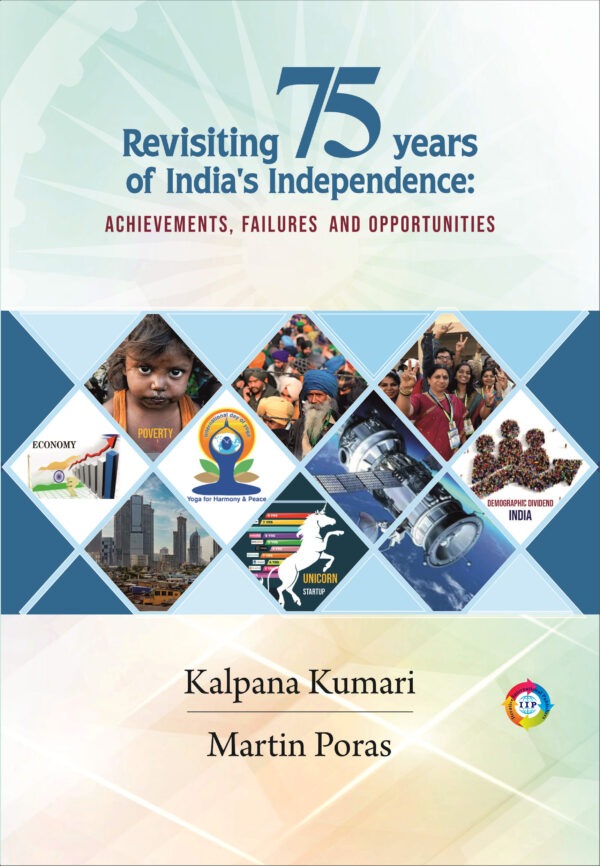
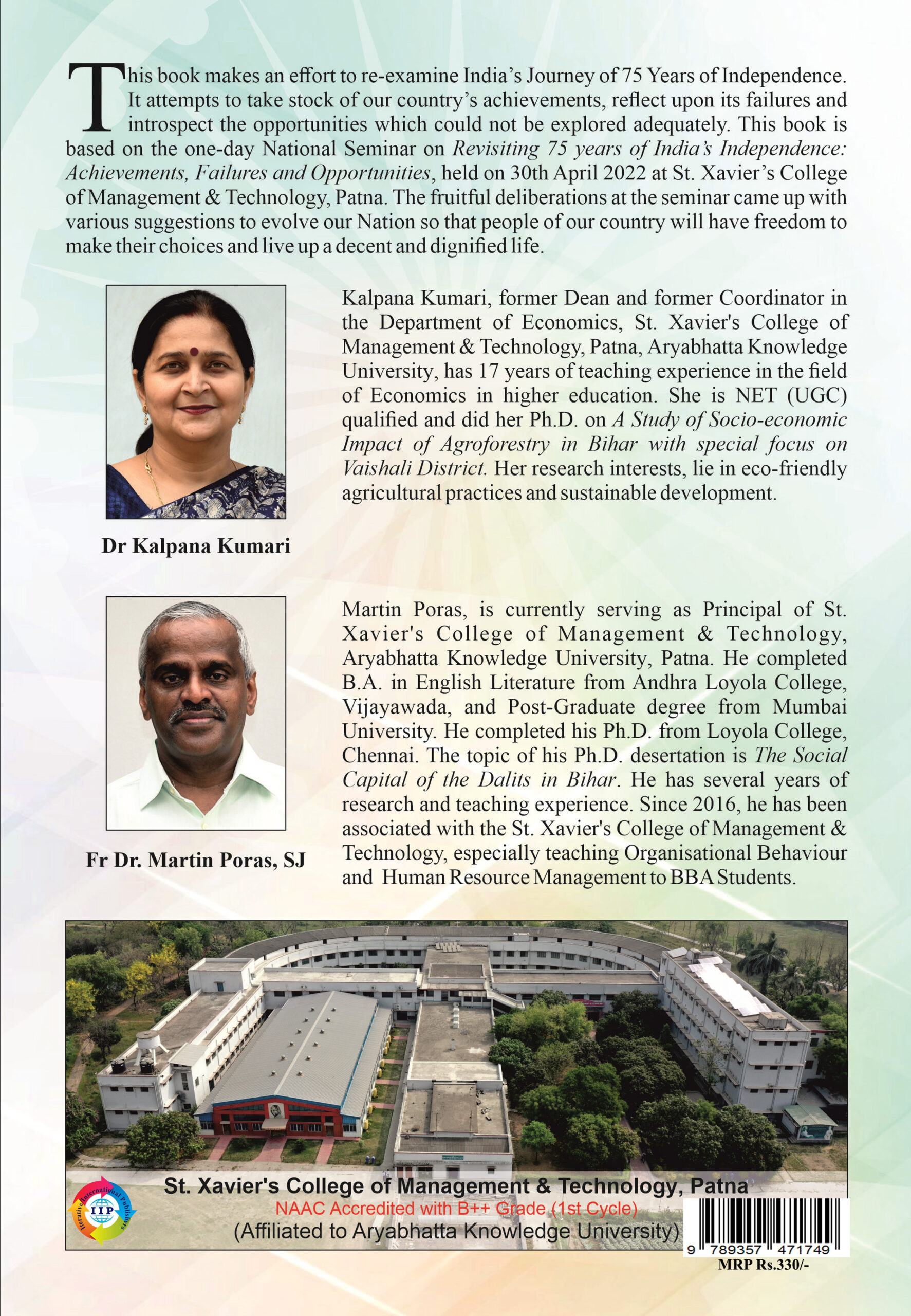
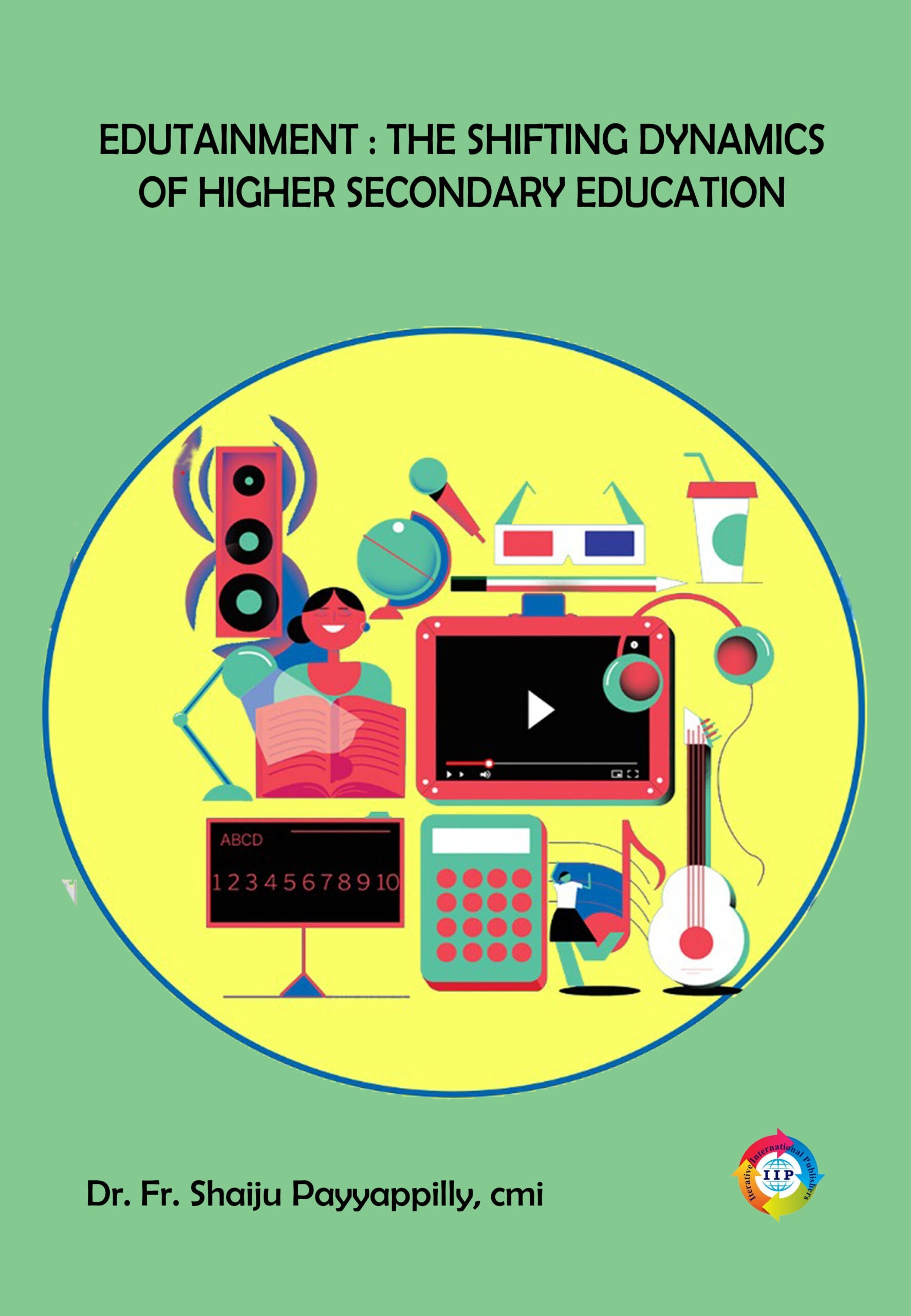
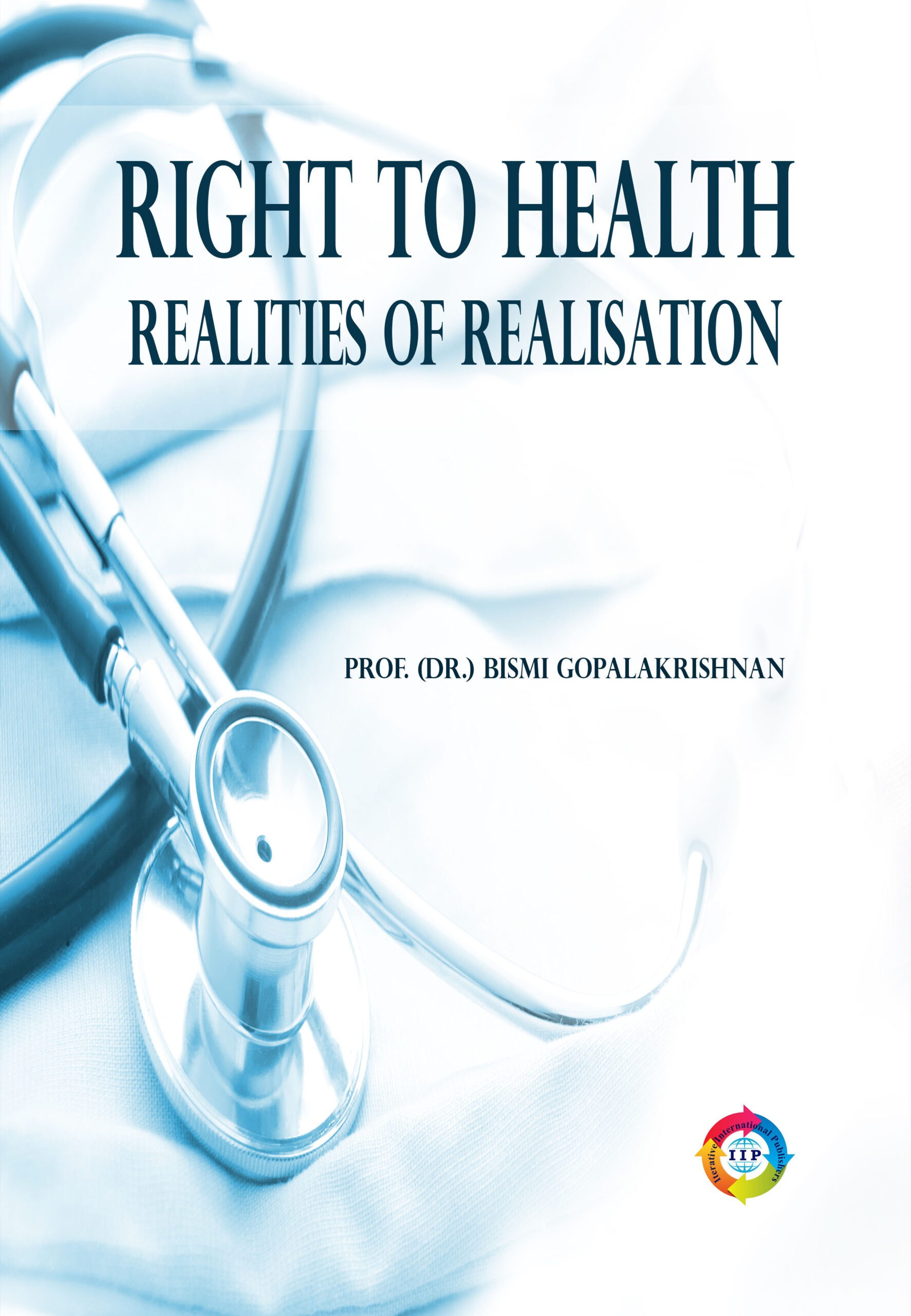
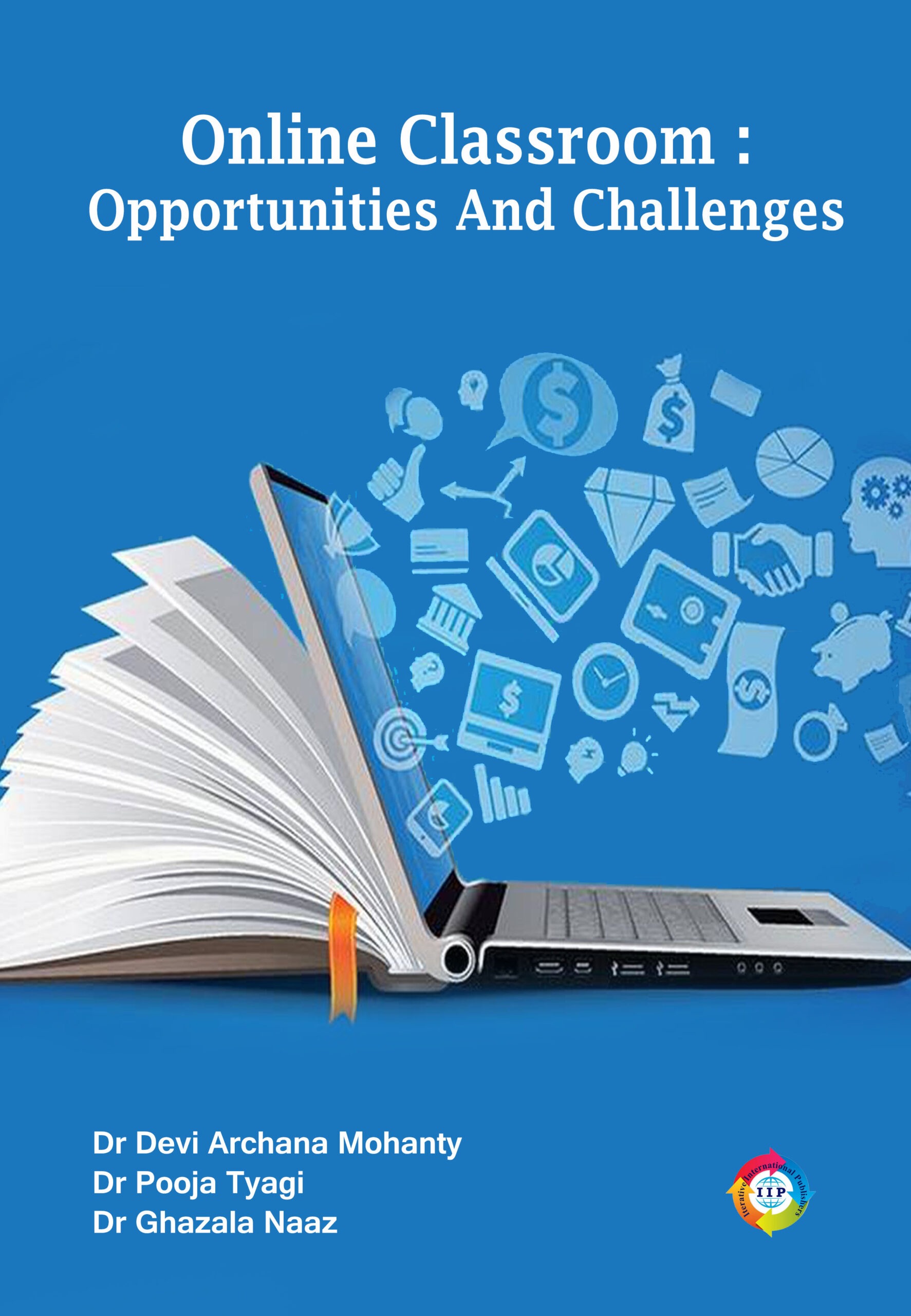
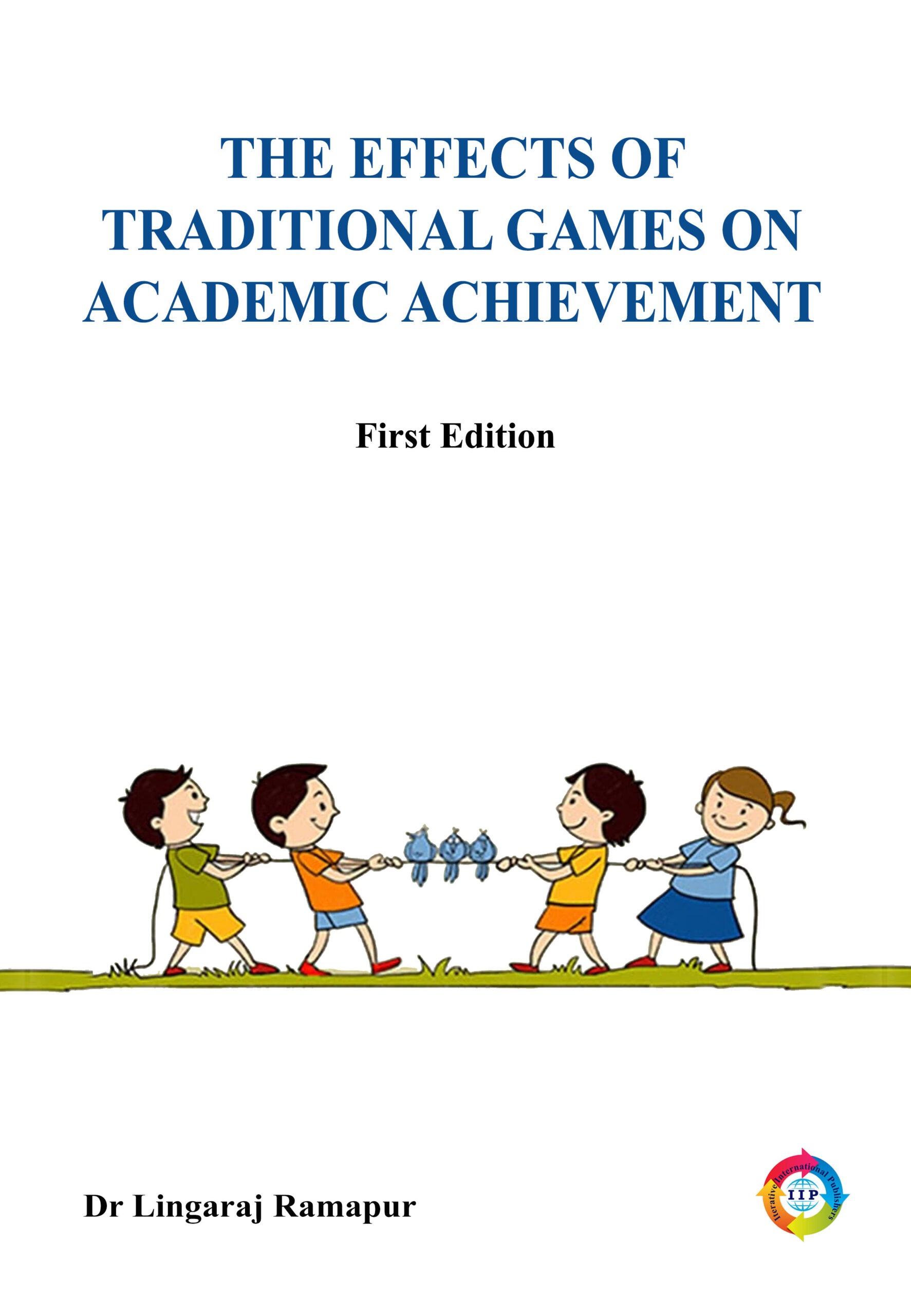

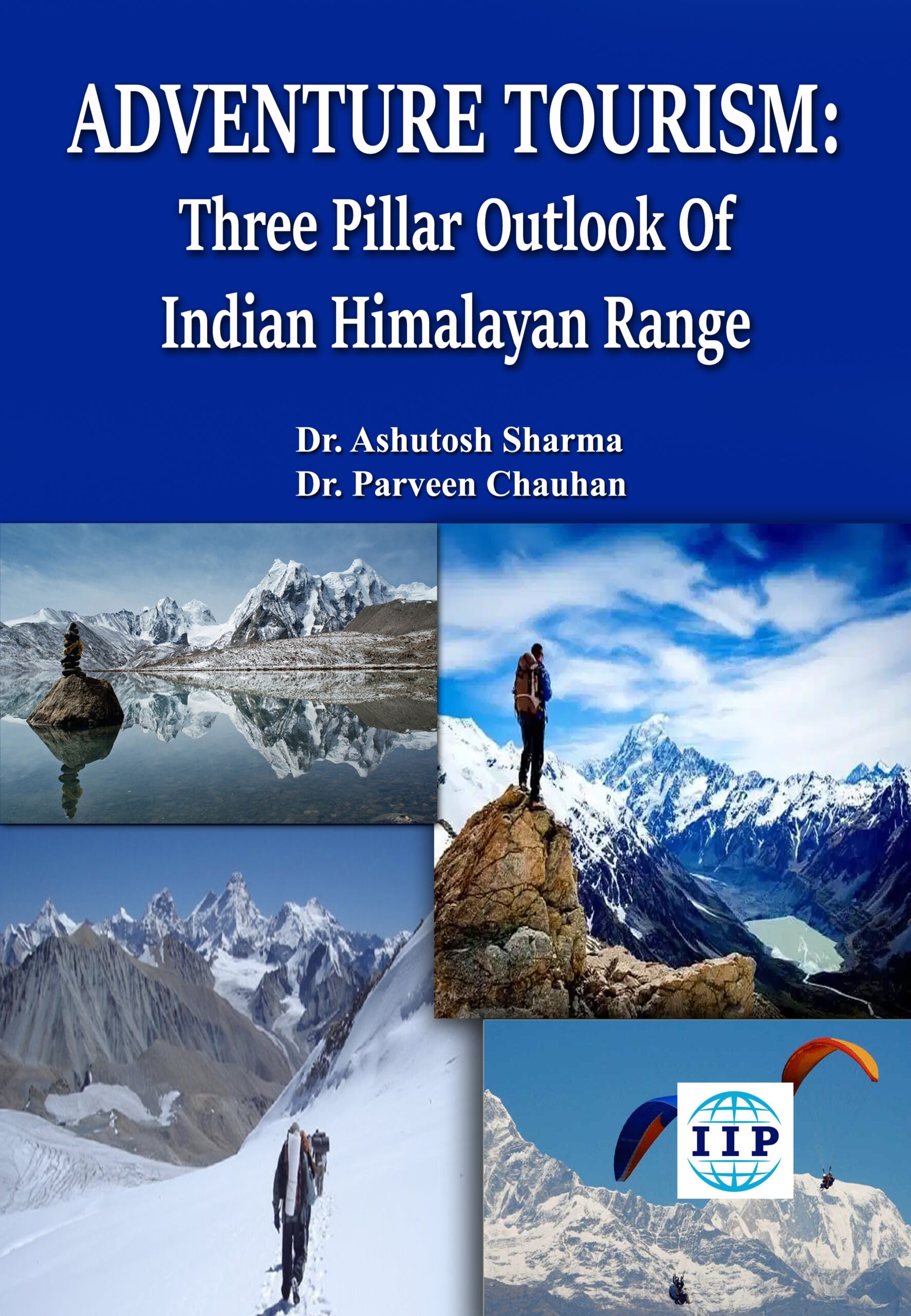
Reviews
There are no reviews yet.